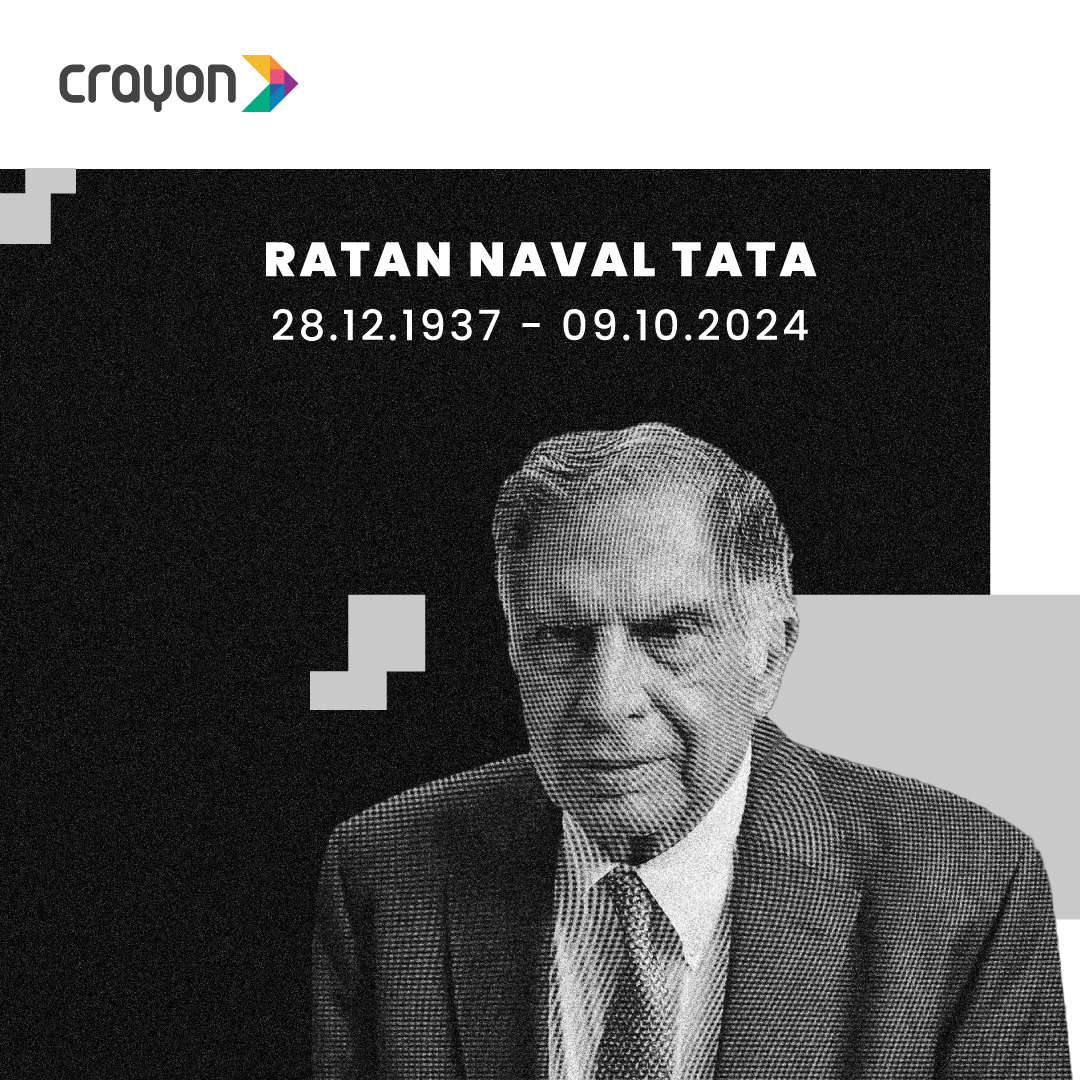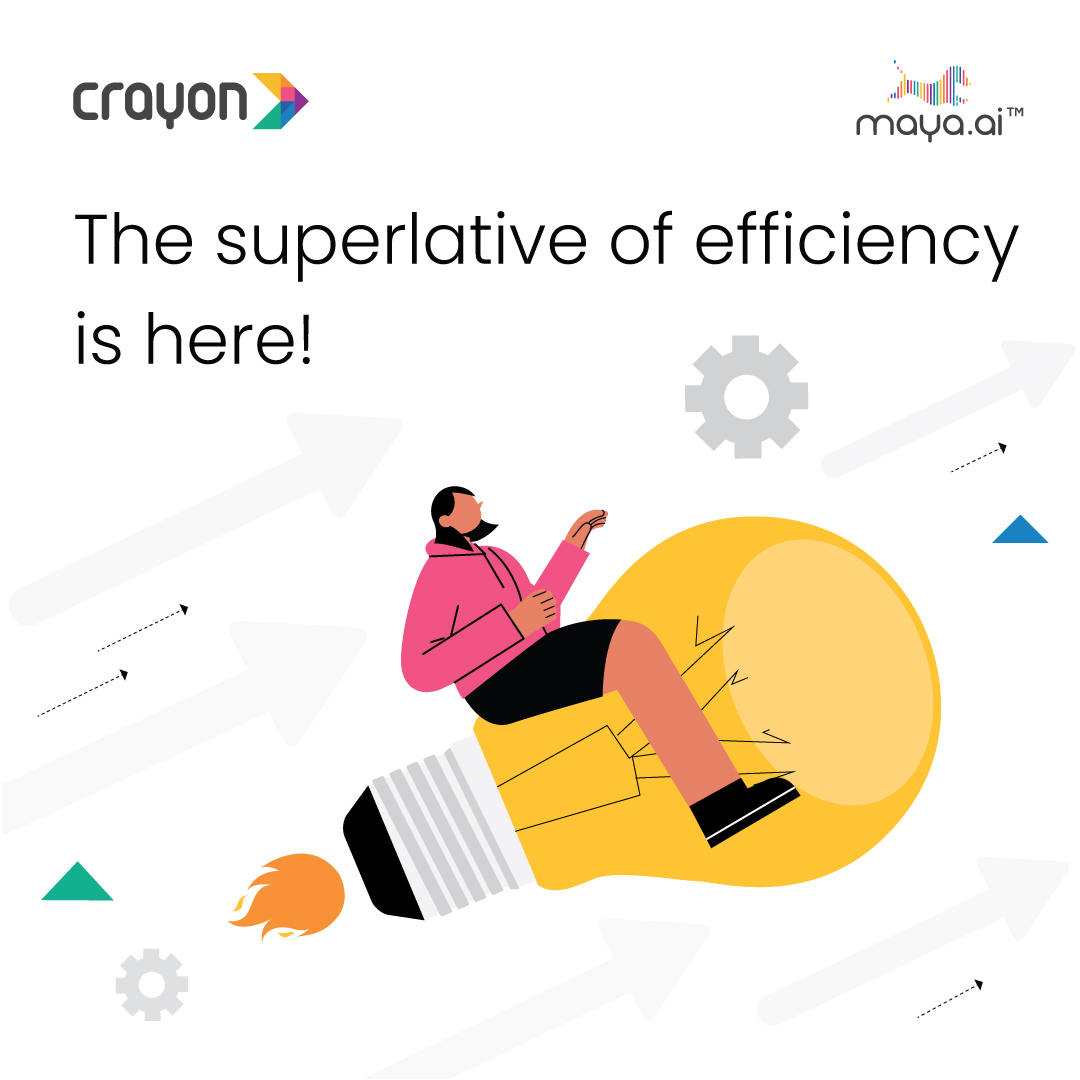I wanted to get familiar with the big data world, and decided to test Hadoop. Initially, I used Cloudera’s pre-built virtual machine with its full Apache Hadoop suite pre-configured (called Cloudera QuickStart VM), and gave it a try. It was a really interesting and informative experience. The QuickStart VM is fully functional and you can test many Hadoop services, even though it is running as a single-node cluster.
I wondered what it would take to install a small four-node cluster…
I did some research and I found this excellent video on YouTube presenting a step by step explanation on how to setup a cluster with VMware and Cloudera. I adapted this tutorial to use VirtualBox instead, and this article describes the steps used.
The overall approach is simple. We create a virtual machine, we configure it with the required parameters and settings to act as a cluster node (specially the network settings). This referenced virtual machine is then cloned as many times as there will be nodes in the Hadoop cluster. Only a limited set of changes are then needed to finalize the node to be operational (only the hostname and IP address need to be defined).
In this article, I created a 4 nodes cluster. The first node, which will run most of the cluster services, requires more memory (8GB) than the other 3 nodes (2GB). Overall we will allocate 14GB of memory, so ensure that the host machine has sufficient memory, otherwise this will impact your experience negatively.




